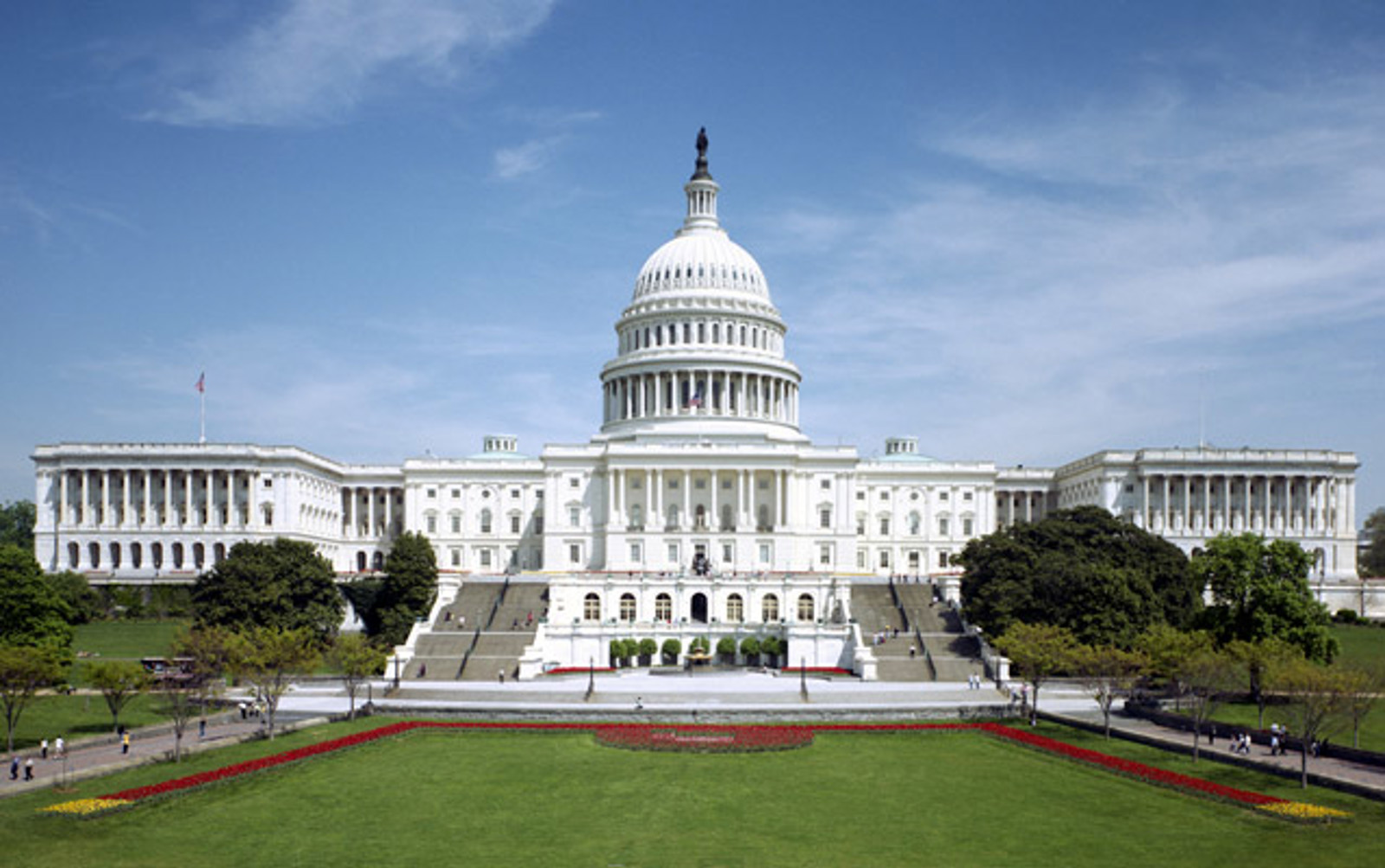March 13, 2020
COVID-19 Guidance Emerging From Federal Agencies
Guidance is starting to emerge from many federal agencies that will help guide colleges and universities in their continuing response to the COVID-19 virus (coronavirus). The general message to colleges and universities is to carefully document all actions and report as required. Most helpful was the guidance released last week by the Department of Education which provided colleges and universities with a great deal of flexibility to take actions to combat the coronavirus that are most appropriate to individual campuses. Specifically, the guidance was issued to help institutions in their federal student aid compliance efforts.
Guidance from other agencies is also trickling out. Of particular interest this week is guidance from the U.S. Department of Homeland Security giving more flexibility for international students studying in the U.S. at institutions that have moved to online formats, and a communication from the Veterans Affairs Administration regarding GI benefits for students in similar circumstances. In the case of the latter, some State Approving Agencies have provided blanket approval for all institutions in their states to move to online formats. NAICU also has created a Coronavirus Disease (COVID-19) Resources webpage, updated daily, which includes additional resources, including state- and higher education-specific information.
The Department of Education’s guidance was among the first sets provided by any federal agency. The Department has also created a dedicated webpage containing information and resources for schools and school personnel. Because of the flexibility allowed through this guidance, colleges and universities were able to lead the nation in taking preventative actions to try and halt the spread of COVID-19.
In the guidance document, the Education Department lays out several scenarios for affected students and institutions providing flexibility and loosening regulatory requirements wherever possible. Those scenarios are:
The guidance also allows institutions to enter into temporary consortium agreements with other institutions so students can complete courses at other institutions but be awarded credit by their home institution.
However, there are statutory limitations to the flexibility that the Department can offer on policies related to enrollment status changes, Return of Title IV, and other disbursement and eligibility criteria. The Department does not have the authority to waive requirements related to a student’s actual enrollment status.
For example, if an institution defines full-time enrollment as 12 credit hours, and a full-time student who is enrolled for 12 credit hours drops or withdraws from three credits, that student is now enrolled at three-quarter time status. However, the Department will not require an institution to recalculate a student’s Direct Loan or Pell Grant disbursement if the Direct Loan has already been disbursed or the institution’s established Pell Grant recalculation (census) date has passed.
Guidance from other agencies is also trickling out. Of particular interest this week is guidance from the U.S. Department of Homeland Security giving more flexibility for international students studying in the U.S. at institutions that have moved to online formats, and a communication from the Veterans Affairs Administration regarding GI benefits for students in similar circumstances. In the case of the latter, some State Approving Agencies have provided blanket approval for all institutions in their states to move to online formats. NAICU also has created a Coronavirus Disease (COVID-19) Resources webpage, updated daily, which includes additional resources, including state- and higher education-specific information.
The Department of Education’s guidance was among the first sets provided by any federal agency. The Department has also created a dedicated webpage containing information and resources for schools and school personnel. Because of the flexibility allowed through this guidance, colleges and universities were able to lead the nation in taking preventative actions to try and halt the spread of COVID-19.
In the guidance document, the Education Department lays out several scenarios for affected students and institutions providing flexibility and loosening regulatory requirements wherever possible. Those scenarios are:
- A student was enrolled or was supposed to begin a travel-abroad experience and either the student has been called back to the U.S. or was never able to begin the travel abroad experience;
- A student was enrolled in a program and met the requirements for full-time enrollment; however, due to the COVID-19 virus, one or more classes – such as an internship, a clinical rotation, student teaching or fieldwork – have been cancelled and now the student has fallen below the 12 credit hour minimum and is no longer considered to be a full-time student;
- A student is quarantined and misses class or a student is incapacitated due to COVID-19 illness;
- A campus temporarily stops offering ground-based classes in order to prevent the spread of COVID-19; and
- A foreign school that serves U.S. students who participate in title IV programs temporarily suspends operations due to COVID-19.
The guidance also allows institutions to enter into temporary consortium agreements with other institutions so students can complete courses at other institutions but be awarded credit by their home institution.
However, there are statutory limitations to the flexibility that the Department can offer on policies related to enrollment status changes, Return of Title IV, and other disbursement and eligibility criteria. The Department does not have the authority to waive requirements related to a student’s actual enrollment status.
For example, if an institution defines full-time enrollment as 12 credit hours, and a full-time student who is enrolled for 12 credit hours drops or withdraws from three credits, that student is now enrolled at three-quarter time status. However, the Department will not require an institution to recalculate a student’s Direct Loan or Pell Grant disbursement if the Direct Loan has already been disbursed or the institution’s established Pell Grant recalculation (census) date has passed.
For more information, please contact:
Tim Powers

